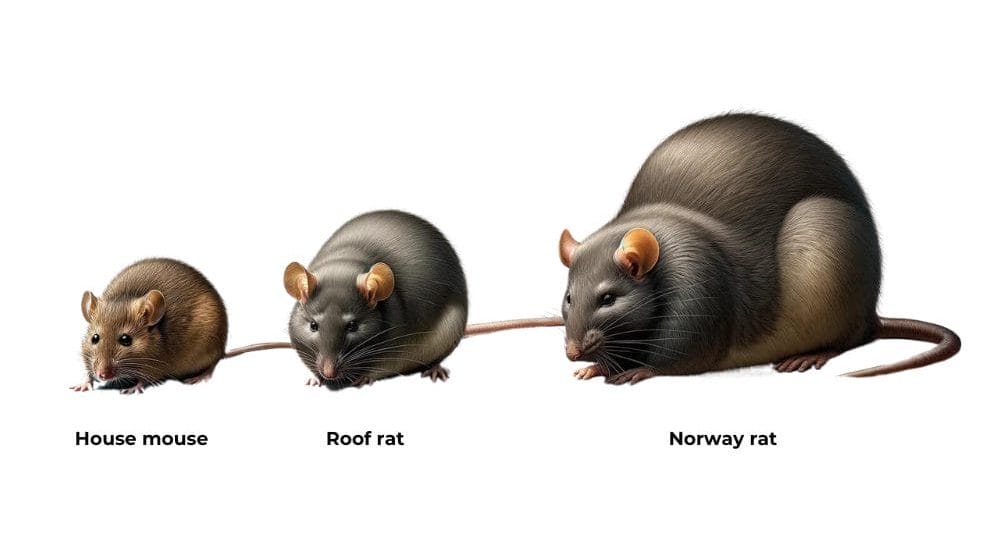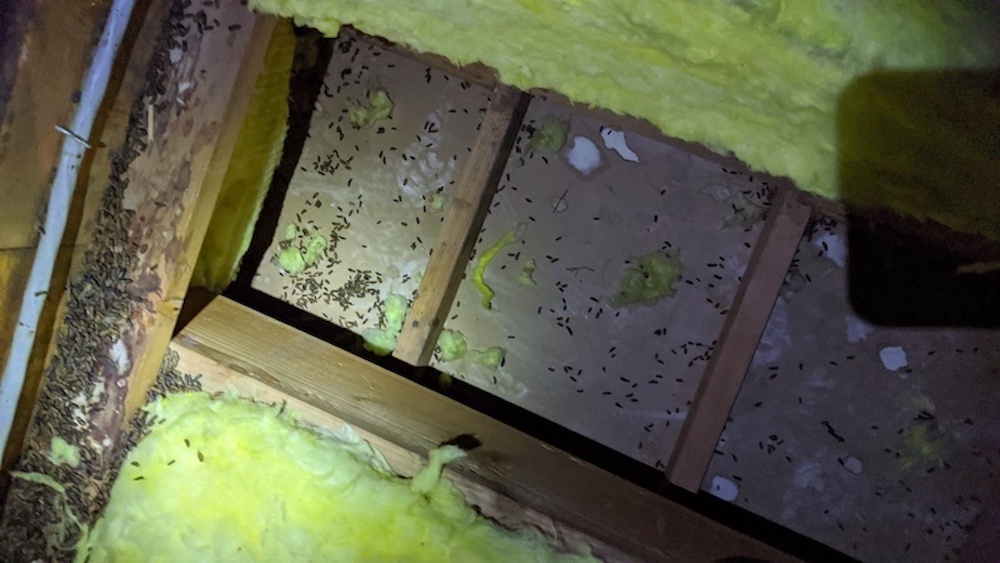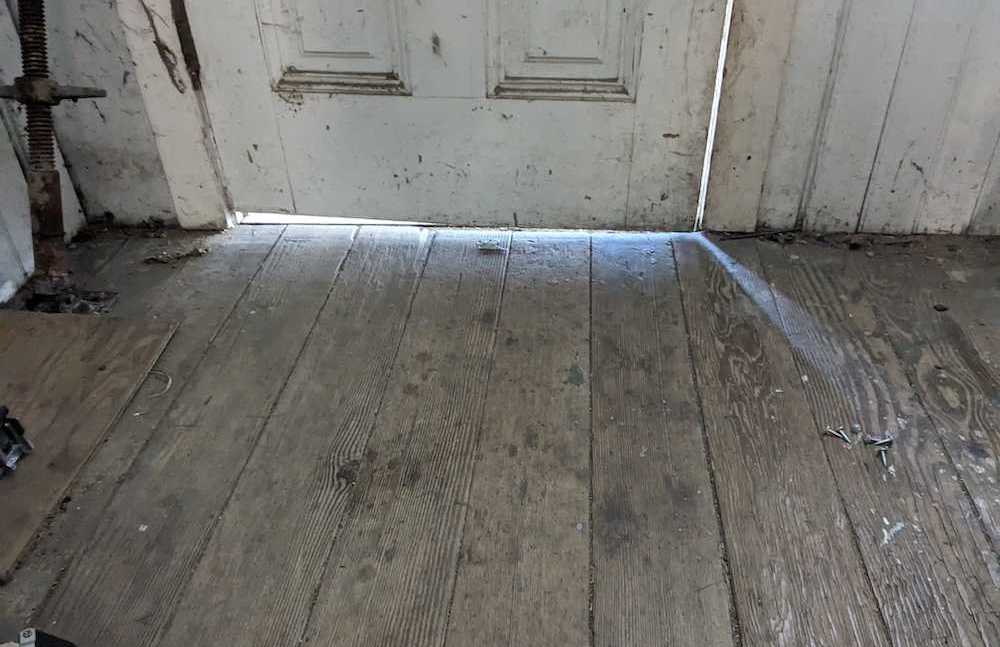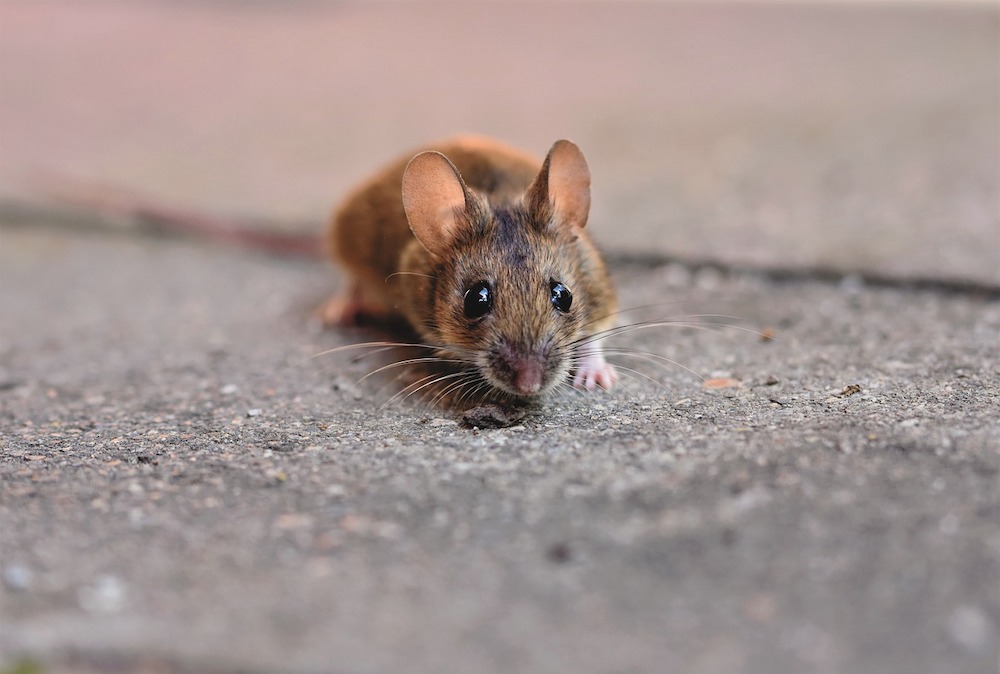Rats and mice have a knack for finding their way into our homes, where they can cause quite the stir.
Not only can they inflict damage on your property, but they also pose a risk of spreading diseases.
Tackling these rodents effectively requires an understanding of the key differences between the two.
In this blog, we share everything you need to know about rats and mice and arm you with the knowledge and techniques needed to quickly reclaim your space.
Key Takeaways
- Rats are larger, heavier rodents, while mice are smaller, lighter pests. Both can cause damage through gnawing, and both can spread diseases.
- To get rid of rats or mice on your property, follow species-specific control steps like sealing gaps and cracks and setting traps.
- If your rodent infestation is severe or your DIY efforts aren’t working, contact a professional like Smith’s Pest Management for expert extermination services.
The Key Differences Between Rats and Mice
| Rats | Mice | |
| Appearance |
|
|
| What They Eat |
|
|
| Behavior |
|
|
| Signs of Presence |
|
|
How to Get Rid of Rats
1. Inspect for Signs of Rats
Start by inspecting your surroundings to confirm the presence of rats. Look for telltale signs like droppings, gnawed areas, odd smells, and – of course – sightings of live rodents.
2. Eliminate Sources of Food & Shelter
Rats are attracted to places with easily accessible food and shelter.
You can keep these critters from getting too comfortable in or around your house by maintaining a clean home, storing food in airtight containers, and getting rid of potential hiding places (including nesting sites and piles of junk).
3. Seal up Gaps and Cracks
Preventing rats from entering your property is crucial.
Rats are intelligent and crafty enough to squeeze through openings the size of your thumb.
Because of this, you have to seal up all outdoor entry points before rats can get in.
We recommend using caulk, steel wool, and galvanized mesh to seal points of entry so rats can’t get into your home.
Pay special attention to gaps and cracks around foundations, doors and windows, broken or damaged screens, and utility access holes in your home’s siding.
4. Set Rat Traps
Using traps is a classic and effective method to control rat infestations. Place classic snap-trap models or live traps in high-activity areas and bait them with foods to attract the rats.
5. Check for Decreased Rat Activity
Once you’ve deployed your control methods, monitor the situation – if rodent activity remains high after 2-3 weeks, it might be time to adjust your approach.
6. Contact A Professional Pest Management Company
Professional pest management companies have the knowledge and tools to exterminate rats effectively.
If your DIY efforts aren’t working, or you just want more support, it may be time to call in the pros.
Want more help getting rid of rats? Check out our guides to manage them in your home and outdoors.
How to Get Rid of Mice
1. Inspect for Signs of Mouse Activity
Keep an eye out for signs of mice activity around your property. This can include droppings, scratches, gnaw marks, or scratching, squeaking, and scurrying in your walls or ceilings.
2. Remove Sources of Food and Shelter
Store pantry goods in airtight containers, get rid of debris and clutter around your property, and pick up pet food at night to get rid of easy food sources and shelter for mice.
3. Seal Gaps and Cracks
Seal gaps and cracks in the walls and ceilings and around all doors and windows in your home.
This helps keep mice and other critters out and makes your other mouse control efforts more effective.
4. Set Mouse Traps
Use mouse traps to catch any potential intruders. We like classic or T-rex snap traps because they offer a strong snap and an instant kill.
For best results, place the traps strategically in high-traffic areas, and check out our mouse trapping blog for a complete list of professional tips and tricks.
5. Monitor for Decreased Mouse Activity
After implementing the above steps, watch for signs of decreased mouse activity.
This serves as an indicator of whether your efforts have been successful in getting rid of mice.
Want more help getting rid of mice on your property? Check out our comprehensive guide.
A Note of Caution: Avoid Using Toxic Baits and Fumigants
While toxic baits can be effective, they should only be used with extreme caution and as a last resort.
Always remove as many other food sources as possible before using baits and keep them out of reach of children and pets.
Fumigation can be another quick and effective solution for large outdoor infestations, but it should ONLY be carried out by professionals.
Are Rats or Mice Destroying Your Home? We can Help!
Don’t let their small size fool you – rats and mice are frustrating pests.
If you want to get rid of them, you’ve got to be proactive and start thinking like a rodent.
Don’t worry, though – you’re not alone in the process.
Smith’s Pest Management is here to help you handle your rat or mouse problem and keep rodent damage at bay in the future with our expert mouse extermination and rat extermination services.






